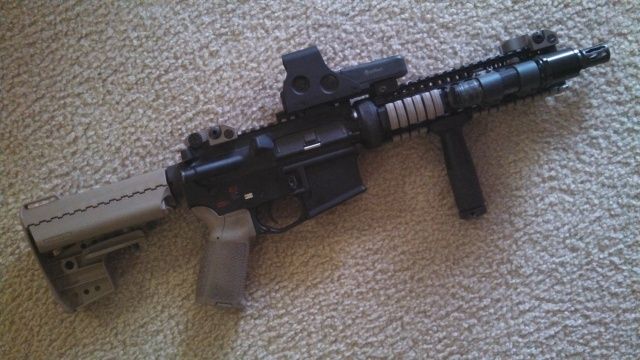In all the 11.5" guns I have owned or run, and seen run during high-volume courses, they are quite reliable. The first 2 AR15's I bought were 11.5" guns and they never hiccuped once that I can remember, and I wouldn't go shooting unless I was burning 300-600rounds in a training session.
With any of my AR's, I keep a regular maintenance schedule at 4000-6000rds, and 10000rds, where we're basically replacing ejector and extractor springs, then recoil springs and extractors plus springs, as well as the barrel depending on accuracy requirements for that blaster.
4000-6000rds: Change Extractor/Ejector springs, note condition of extractor lip and recoil spring length, check carrier key is securely attached, gas tube flange present and tube aligned (check with no bolt in carrier)
8000rds: Check springs and above points again, fire control group passes function test (doing this always)
10,000rds: Detail-inspect bolt face, cam pin hole, replace extractor/spring/buffer, inspect firing pin head, replace barrel if accuracy blows, replace recoil spring, check all trouble areas, gas tube replaced with barrel






